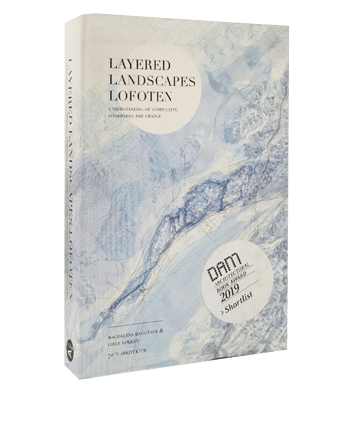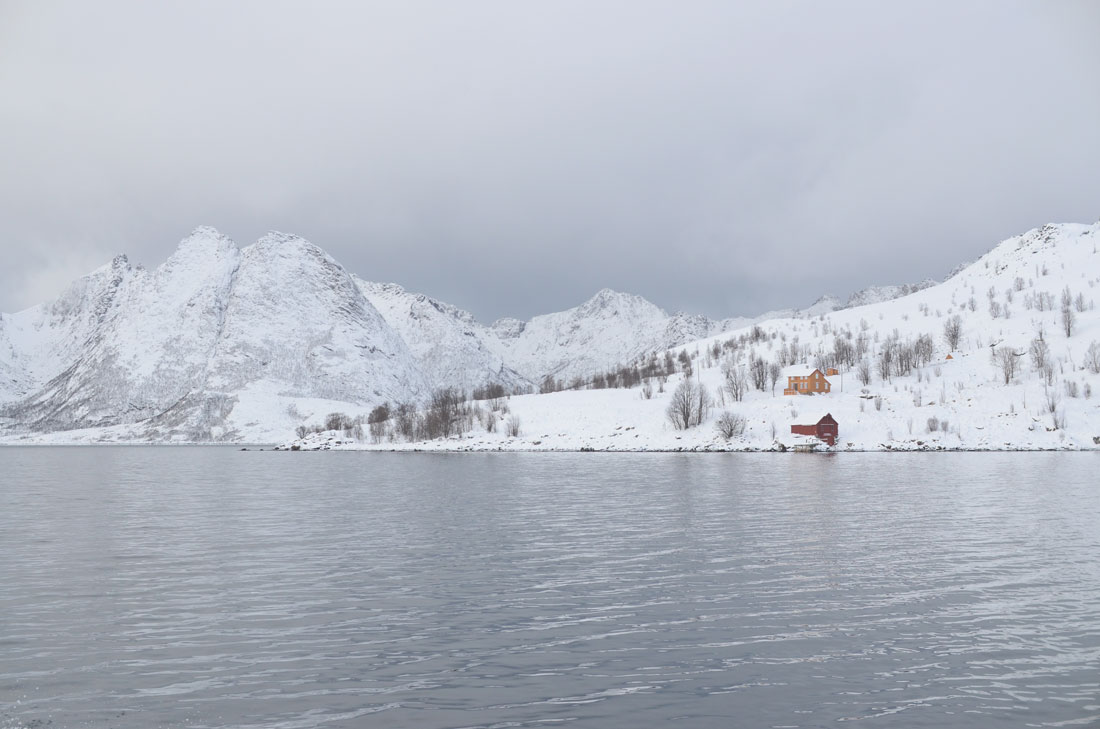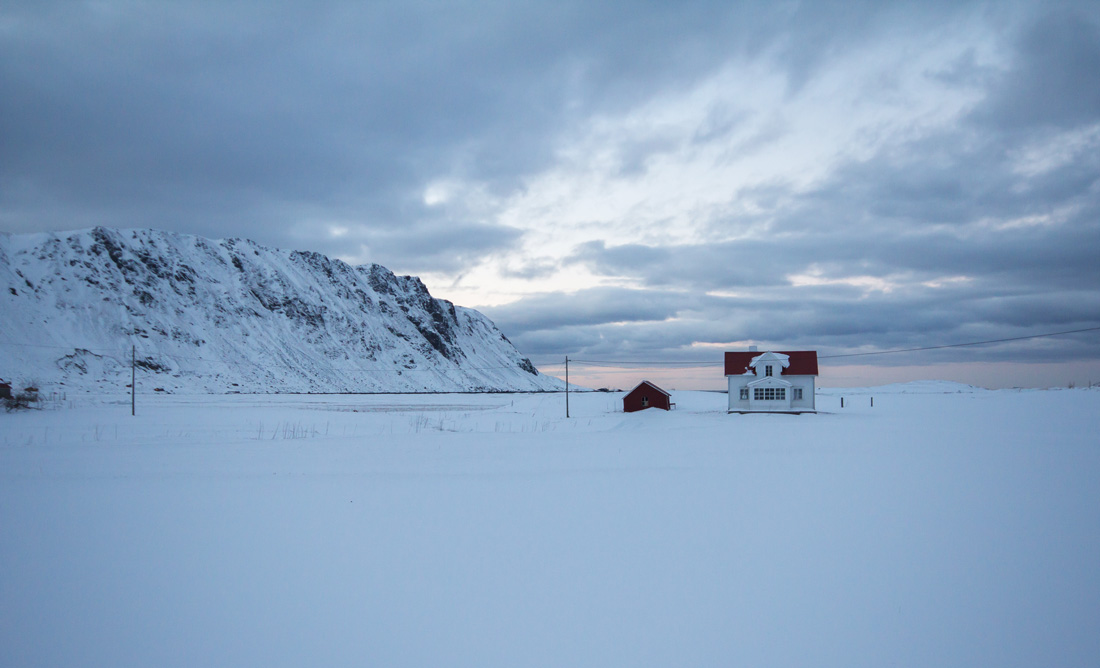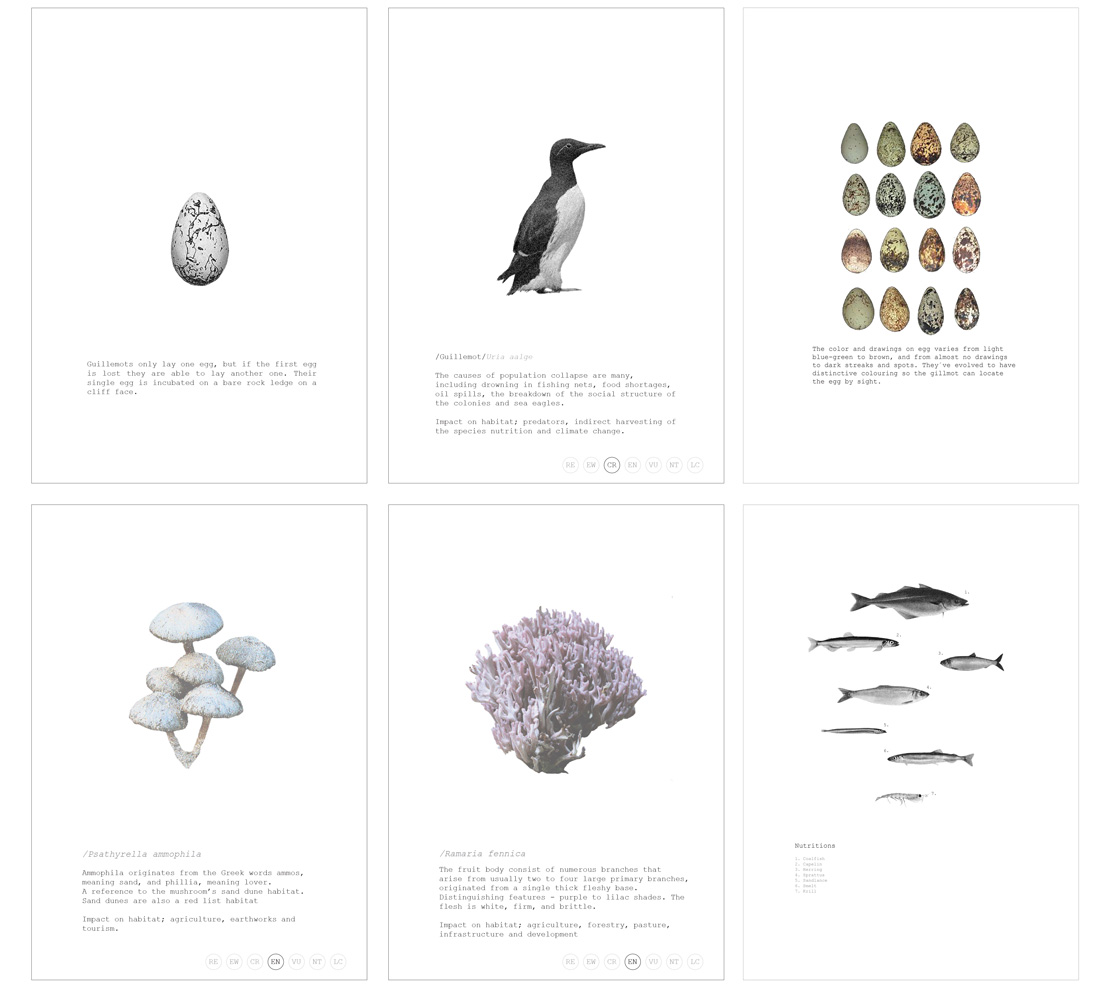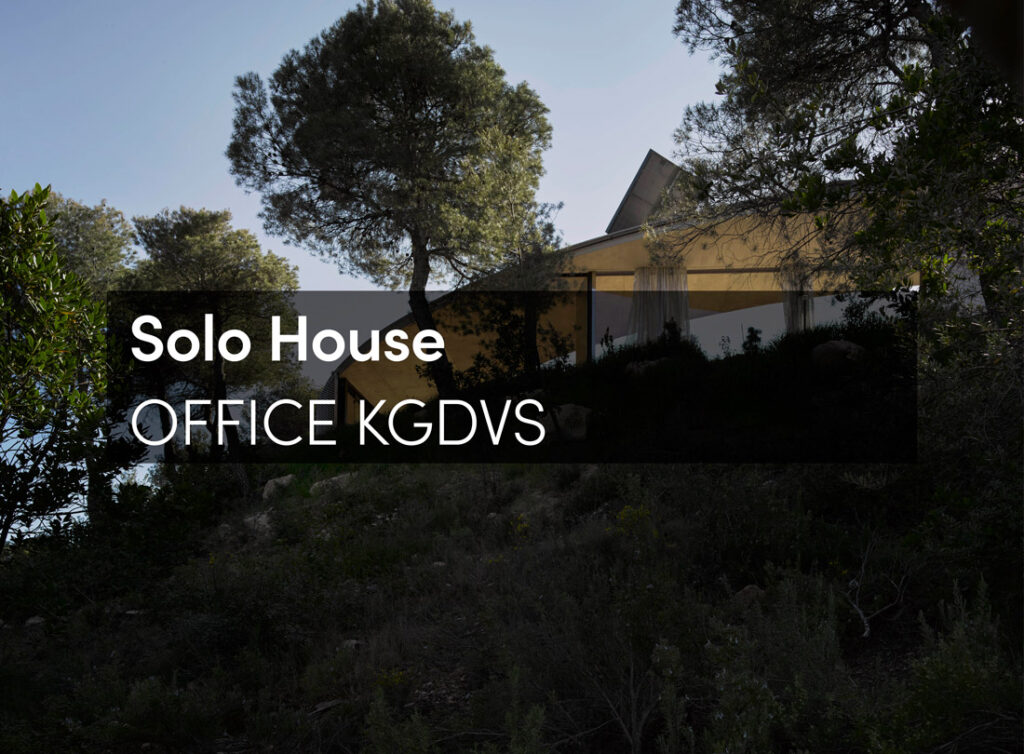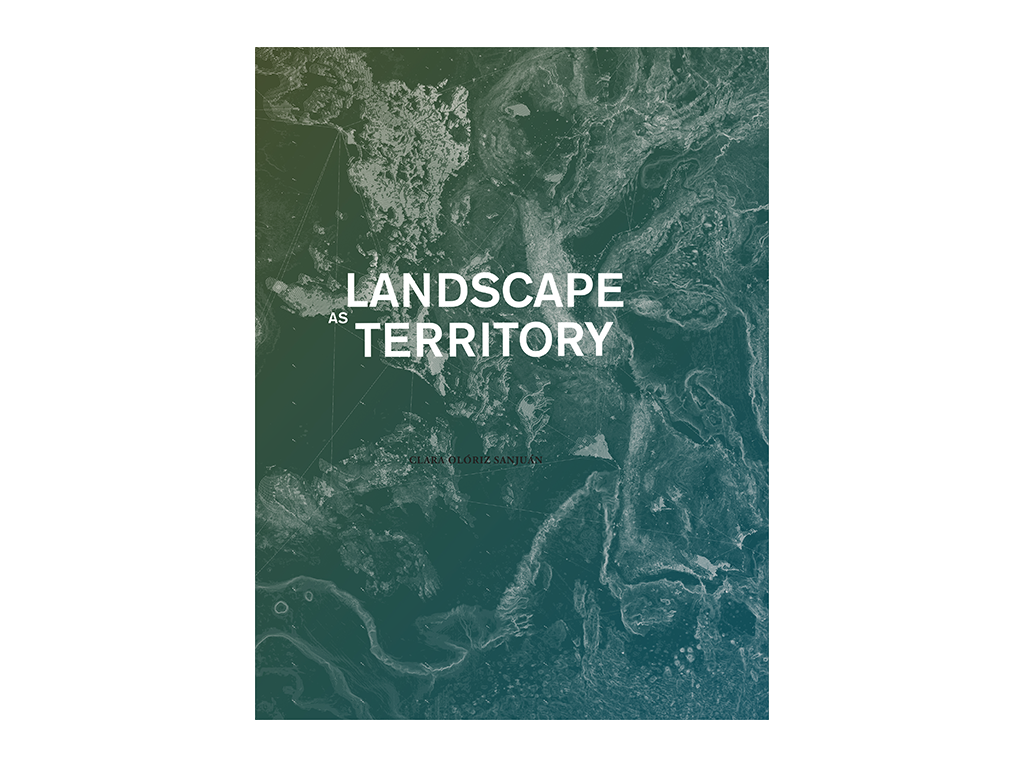Lofoten is a history of extremes: extreme nature, extreme weather conditions, extreme natural resources and extreme survival. The islands of Lofoten float in a timeless mythical narration of battling between man and nature, dating back to the origin of human presence in these territories. The fact that Lofoten has hosted the world’s most precious fisheries of codfish for centuries in the same areas where the seabed is assumed to hide a prosperous amount of oil and gas, and which are now experiencing a significant influx of tourists, signifies a latent and incommensurable conflict that could irreversibly change the landscape. The people living in these territories have been connected to the landscape and its resources for innumerable years. They are therefore facing not only external threats from global economies and climate changes, but also national political decisions and structural changes in the fisheries which threaten to deprive local communities of their resources. These ongoing processes have long altered the way people have used and inhabited the landscape, but now more than ever there is a need for awareness and knowledge to build resilience – to maintain flexibility in the face of change – but, at the same time, to be in control of the changes’ impacts on the complex ecology of landscapes and societies.
Jarbakkan, Tindsøya, Øksnes Vestbygd
Knowledge from the Landscape
Layered Landscapes Lofoten aims to challenge internalized concepts about planning and investigation, which are often too predefined, limiting and simplifying today. We want to embrace alternative research and legitimize subjective and singular approaches as highly valid and as a foundation for an informed planning process. This way of investigating and understanding is by nature open and non-biased; hence, both the landscape and the practices taking place in the landscape are consistently full of individual and collective stories and experiences. The approach is a preparation for planning that takes into consideration the complexity created in both time and space, which influences our societies not only as traces of historical events, but as present realities and even expectations and becomings.
Innersand, Fredvang
The speed of change, and the fact that some changes in the landscape have passed the point of no return, has gained greater focus. It is essential to detect the complexity of the transforming forces and continuously strive to find and develop appropriate tools to understand and work with these questions. Comprehension of complex issues presupposes thorough investigations of the landscape, where a multitude of elements are put into play and connect along different trajectories of speed and time. The landscape itself holds vital information for planning – information about resilience and vulnerability that can form patterns of resistance and new points of departure for planning processes. An informed and complex spatial planning approach contains ideas of space and time as interwoven but at the same time as on-going, incomplete and inconsistent dimensions throughout history. Our planning should be seen as adaptable processes that never aim to reach completion.
Layered Landscapes Lofoten as layers of myths, history, petroleum exploration, seabird locations and migratory routes and the landscape’s topography, geology, biotopes and habitats.
Open Minds, Open Societies
Layered Landscapes Lofoten compiles comprehensive graphic and theoretical material that shows the need for alternative and open-minded thinking and approaches. The way of thinking is thoroughly transversal, and it is a prerequisite that the different findings from various fields must intervene in and inform the complexity of the plan. This is not an objective matter, as there is no such thing as an objective plan. Our approaches and surveying methods must be flexible and open, since we need new ways to qualify the information basis of the planning process. The goal must be to create plans as dynamic as the communities and landscapes they include and concern.
EXTERMINATION
Listing endangered species affected by changing living conditions in Lofoten – juxtaposed with information on their habitats and the impacts working on these – forms a map of Lofoten that is spatial, showing the vulnerability of nature, plants and animals when exposed to rapid and unwanted changes significantly impacted by human activity both locally and globally.
Student work under the theme of Vulnerability by Livie Avo Johansen
Although Lofoten is the territory of the investigations, we hope to initiate a more general discussion on how alternative approaches, curiosity and deep investigations can reveal complex and unpredicted knowledge that should inform a relevant plan for the unknown future.
